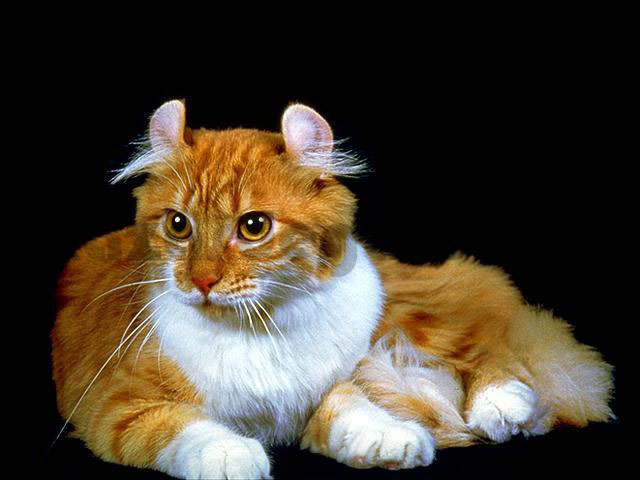Introduction
The Highlander cat breed, known for its striking appearance and playful personality, has captured the hearts of many cat enthusiasts. This guide delves into the breed’s history, physical characteristics, personality traits, care requirements, and health considerations, ensuring you have all the necessary information to understand and care for these unique felines.
History and Development
The Highlander cat breed began development in 2004 with the goal of creating a domestic cat that mimics the look of a wild “big cat.” By 2005, the breed was named Highlander, and breeders worked towards defining its unique characteristics. The Highlander was recognized by The International Cat Association (TICA) for competition in 2008, marking its official introduction to the world of cat breeds. Notably, the breed was developed using domestic cats, without mixing with any recognized breeds, emphasizing the natural and unique traits of the Highlander.
Physical Characteristics
Highlander cats are known for their distinctive physical features:
- Head: A long, sloping forehead, wide nose, and strong chin give the Highlander a boxy muzzle appearance. The eyes are medium to large, shaped like a slightly flattened oval, and set on a bias, giving them an intense look.
- Ears: One of the most unique features, Highlander ears have a loose curl at the top third. They are set wide apart, standing tall with a good base width.
- Body: These cats have a powerful, muscular build, with long, flexible hind legs and large, prominent-knuckled feet. The tail is naturally short, ranging from 1 inch to hock length, often thick and articulated with a fat pad at the end.
- Coat: Highlander cats can have either short or long hair, contributing to their wild and robust appearance.
Personality and Temperament
Despite their “big cat” look, Highlander cats are known for their playful and affectionate nature. They are high-energy cats that love to engage in chase games and entertain their owners with their antics. They enjoy human company, often greeting visitors and being the center of attention. Vocally, they are relatively quiet, but their physical activity and interactive play make them lively companions.
Care Requirements
Highlander cats, whether short-haired or long-haired, require regular grooming to maintain their coat’s health and appearance. Owners should be attentive to their unique ear structure, ensuring that any wax or dirt is cleaned to prevent infections. Regular check-ups with a veterinarian are essential to monitor their overall health, especially considering the potential genetic health issues associated with their unique features.
Health Considerations
There are several health concerns to be aware of with Highlander cats:
- Ears: Breeds with curled or folded ears, like the Highlander, may have fragile ear cartilage, potentially leading to damage if mishandled. Owners should be cautious and gentle when handling their cats.
- Tail: The naturally short tail of the Highlander, similar to other breeds with shortened tails, could indicate potential spinal issues. It is crucial to monitor for any signs of discomfort or mobility issues.
Genetic Health Issues
Some breeds with folded or curled ears, such as the Scottish Fold, have known genetic mutations that affect cartilage, leading to joint problems. While there is not enough information to definitively state the same for Highlanders, breeders and owners should remain vigilant. The shortened tail, similar to the Manx breed, also raises concerns about potential spinal deformities. Responsible breeding practices and genetic testing can help mitigate these risks.
Conclusion
Highlander cats are a fascinating breed, combining a wild appearance with a loving and playful temperament. Proper care, regular veterinary check-ups, and attention to their unique physical traits are essential for ensuring their health and well-being. Whether you’re considering adding a Highlander to your family or simply fascinated by this unique breed, understanding their needs and characteristics is key to a happy and healthy companionship.

